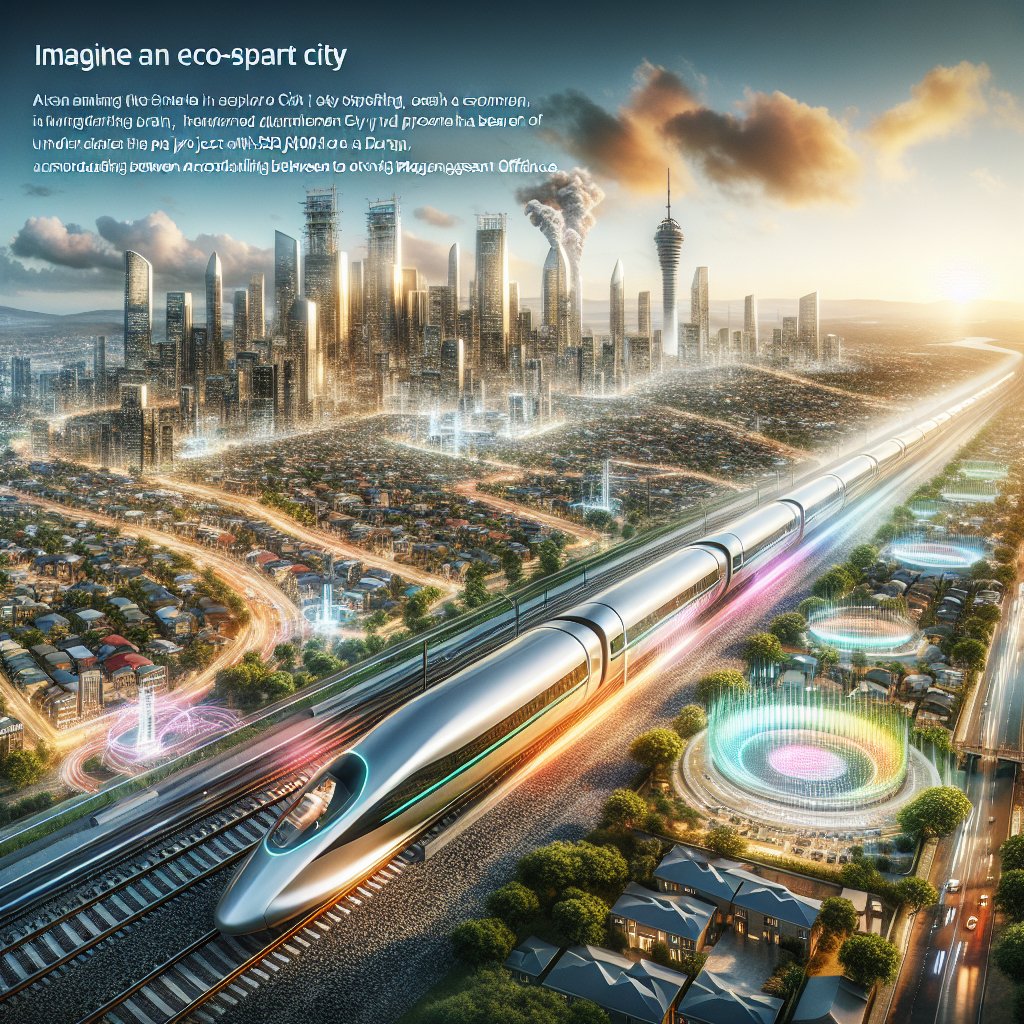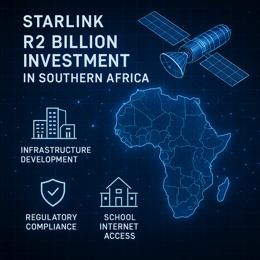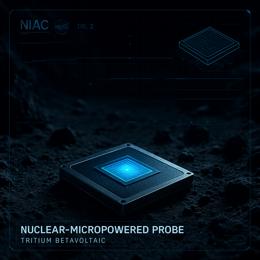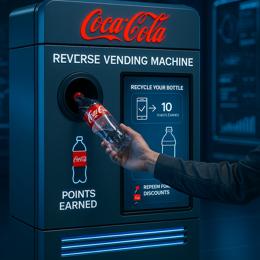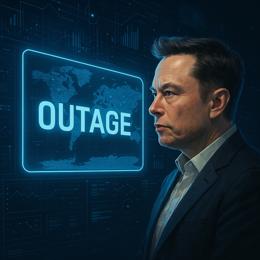Content created by AI
South Africa's High-Speed Rail Vision Moving Closer to Reality
The South African government has taken a concrete step toward realizing President Cyril Ramaphosa's vision of a future with high-speed trains and smart cities. Ramaphosa's ambitious plan came back into the spotlight following his recent response to parliamentary inquiries about the progress of these projects.
In June 2019, Ramaphosa painted a picture of South Africa's advancement through technological innovation and urban development. He envisioned a new era where sleek bullet trains whizz through the country, connecting bustling urban hubs thriving with economic activity—a clear nod to the enlivenment of the National Development Plan.
Now, this vision is slowly materializing with the Cabinet's endorsement of a high-speed rail (HSR) framework, primarily emphasizing the Johannesburg to Durban route. This prospective corridor is the first among three to be prioritized for comprehensive feasibility studies. The other two routes in question—the Pretoria to Mbombela to Komatipoort corridor and the second from Johannesburg to Pretoria to Polokwane to Musina—are also on the table for future development.
At the forefront of this initiative is the Department of Transport, which has not only designed the framework but has also positioned itself to anchor the project by planning the establishment of a high-speed rail project management office.
Riding on the heels of the high-speed rail progression is the development of a smart city in the Lanseria area. Championed to become an emblematic achievement of South Africa's urban planning in the democratic era, the Lanseria smart city is envisioned to be a beacon of modern living, accommodating between 350,000 and 500,000 citizens by the end of the decade. The project has been underpinned by the Urban Settlements Development Grant and is being managed by the Gauteng Growth and Development Agency, symbolizing a robust collaboration between different levels of the government.
Support by the Cabinet and clarity on funding for feasibility studies were disclosed in June by Transport Minister Sindisiwe Chikunga, who highlighted that these essential steps would offer a solid foundation for the prioritization of the HSR corridors.
As the project unfolds, it is essential for the government to maintain transparency and to ensure that the technology and infrastructure developed will be in step with international standards. Moreover, the promise of job creation and economic stimulation resulting from these infrastructural developments is something that South Africans are keenly eyeing.
What sets this ambitious plan apart is its apparent alignment with global trends of innovation in transportation and urban living. The introduction of high-speed trains marks a significant leap forward in creating an interconnected South Africa, reducing travel times, and potentially invigorating tourism and business travel.
Critics and proponents alike are watching closely, as these advancements are balanced against the country's pressing issues, including addressing social inequalities and the need for sustainable development. Yet, the government seems to be pushing forward, signaling that the nation's stride towards a high-tech economy is not just a dream but a work in progress, with tangible strides already taken to achieve it.
